
5 things to know about Winnipeg’s big sewage problem
115 billion litres, 70 years to fix, $5.5 billion in lawsuits
Chloe Cooley is on Canada Post’s 2023 Black History Month stamp, but she’s not in a guide to the country’s national historic sites put out by National Geographic and Parks Canada in 2016. I came across the guide while working as a summer student at Rouge National Urban Park, in east Toronto: there are no Black stories in the federal guide at all — no mention of Cooley, who was enslaved in Niagara-on-the-Lake and resisted being sold across the Niagara River to the U.S. in March 1793.
Though she was forced to cross the river, and to remain enslaved, Cooley’s resistance led to the Act to Limit Slavery in Upper Canada a few months later. It was a significant step on the long road to the Abolition of Slavery in Canada and the rest of the British Empire, which was finally achieved on August 1, 1834. It was our Emancipation Day.
I also didn’t find any Black people in the 250 photographs in another National Geographic/Parks Canada guide, to all of the country’s national parks, that I first saw that same summer. The guide was published to mark the 150th anniversary of Confederation, and Parks Canada said there has been no new edition since. When The Narwhal asked why there were no Black stories in the guide, a Parks Canada spokesperson said the book was a National Geographic publication the federal agency had simply advised on. But the Parks Canada logo is on both covers, with the phrase “official guidebook” underneath. Its CEO, Daniel Watson, wrote a two-page introduction in the historic sites book, celebrating Canada’s birthday. That answer isn’t good enough.
As a student just starting my PhD in social justice education that year, I didn’t have the words to describe how annoyed I was, so I put the guide out of my mind. I completely forgot about its erasure until 2022, when I began writing a story about crossing rivers for my blog, Black Outdoors, which focuses on the Black relationship to nature. Now, I do have the words: after some 400 years of sharing space on this land now known as Canada, there is nothing in these official guides to show that Black history — and Black presence — is a foundational part of the modern country. We are disappeared from history and memory in Canada.
And just as Black history is still often erased from Canadian history, the environmental and outdoor recreation sectors, too, are full of erasure as Black voices are noticeable by their absence.
The silencing of Black voices is not accidental — it never is — and reflects how power and privilege function to include some and exclude others. In 2020, Vanessa Nakate, a Black woman from Uganda, was cropped out of a group photograph of leading young climate activists at the World Economic Forum in Davos, leaving the image of four white saviours trying to save the world.
The white wall that surrounds environmentalism is strong too in Canada. In the land of the Great White North, Black nature lovers turned to social media to find, organize and support each other. Groups such as Brown Girl Outdoor World, Colour the Trails, Black Canadian Hikers and Let’s Hike TO are doing the heavy lifting of diversifying nature spaces.
A love of nature and the search for Black history is what drives me to explore hamlets and small towns in Ontario, such as Niagara-on-the-Lake. These trips counter the common assumption that Black people are mainly recent immigrants living in cities. Visiting these small places brings alive the long Black presence in rural Canada. When combined with a hiking, camping or snowshoeing trip, it is my bliss.
This love was my pathway into conservation and caring about the environment. The places where I love to relax and rejuvenate are under threat. The Great Outdoors is only great if nature is there.
Here are 10 Ontario rivers that have a connection to Black history. I have canoed, hiked, or cycled along them on numerous outdoor recreation trips. Sometimes I knew the Black history upfront when I planned the adventures, but most often I stumbled upon the connection from browsing down some proverbial rabbit hole.
Chloe Cooley crossed the Niagara River. Waters are a barrier, border and bridge between places and people, ideas and spirits. Black people have known rivers, and had many rivers to cross in Canada. The environmental sector is another one where we must now wade in the water. Deep in the water.
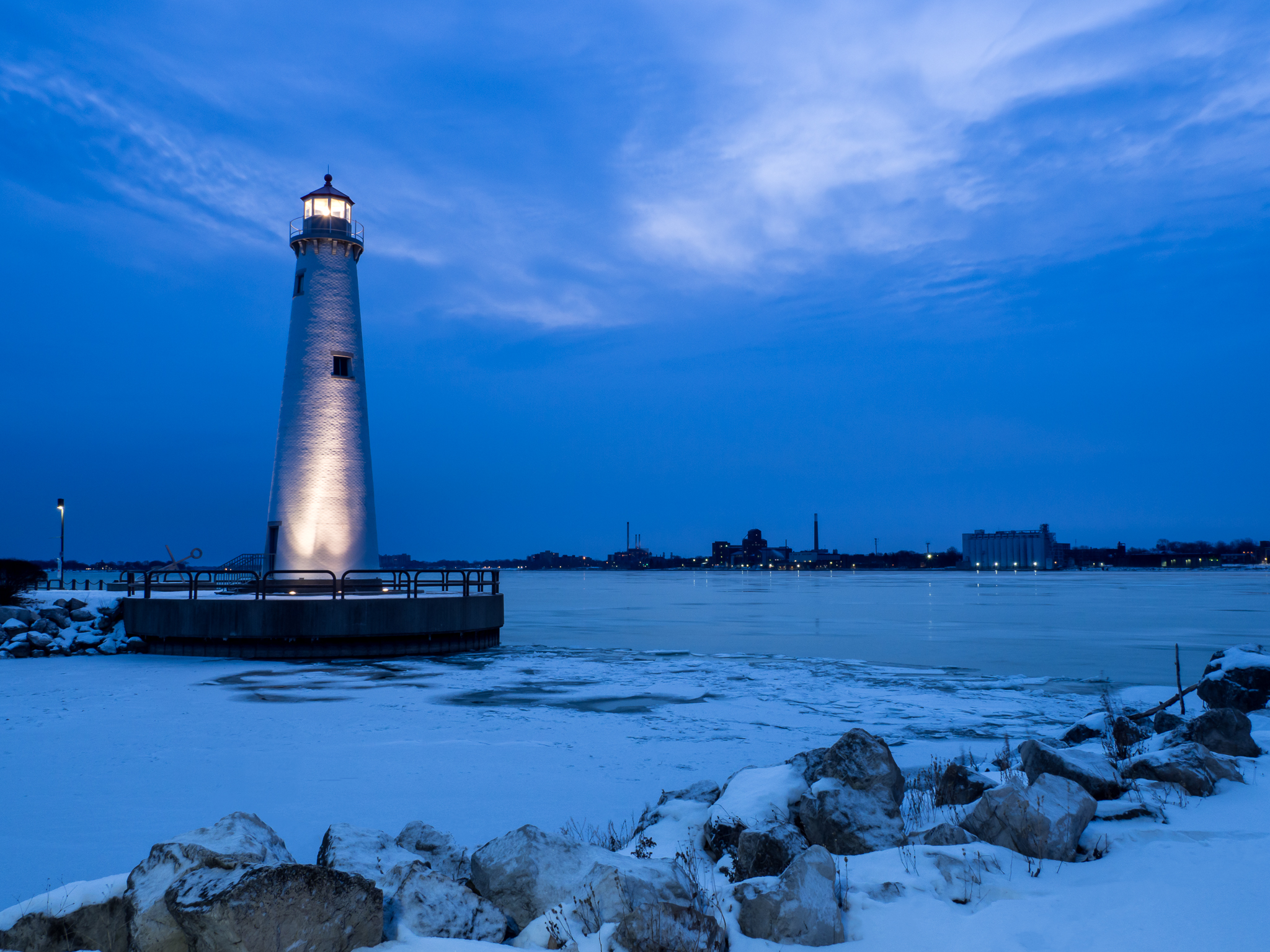
A trip to Windsor included lollygagging by the Detroit River. Lucie and Thornton Blackburn did not have time to see the lights and the sights in 1833 as they were rowed across the river, focused on escaping a lynch mob in the U.S. In Toronto, they started the first taxi company in the city, aided other fugitives and made a fortune from real estate investments. Both are buried in Toronto’s Necropolis Cemetery, where their grave is marked by a large pink granite obelisk.
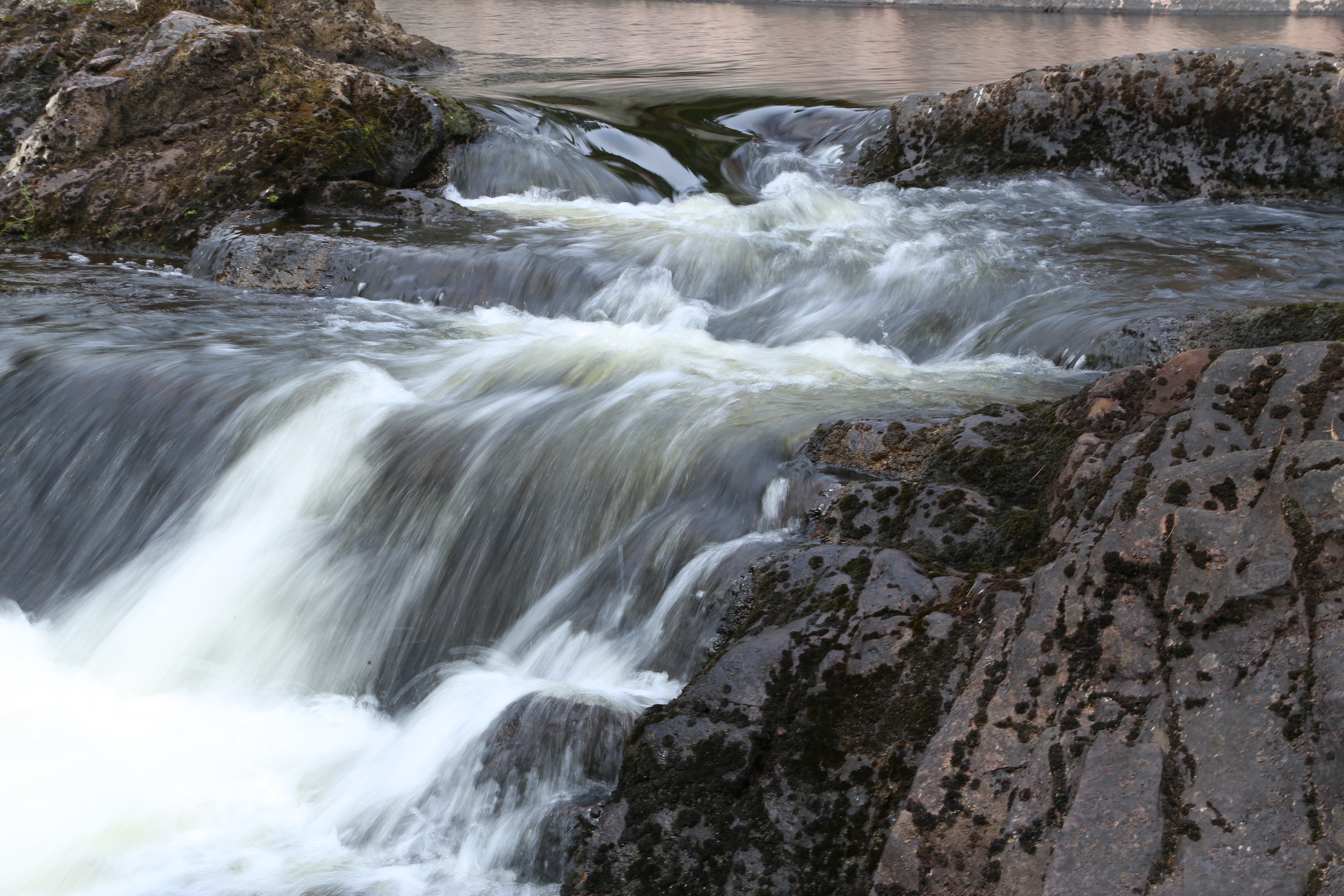
Canoeing along this river just south of Sudbury, Ont., was to follow in the paddle strokes of Black fur traders such as the 19th century Bonga family. They were enslaved in Canada but eventually freed, and made a living from trading furs for manufactured goods with Indigenous nations. For decades, in their quest for furs, members of the Bonga family paddled across the Great Lakes region and rivers in Quebec, Ontario and Alberta. George Bonga married an Ojibwe woman and translated and mediated between the Ojibwe and the U.S. government, and his signature is on a treaty from 1867. Bungo Township and Bungo Creek in Minnesota are named after this Afro-Indigenous family.
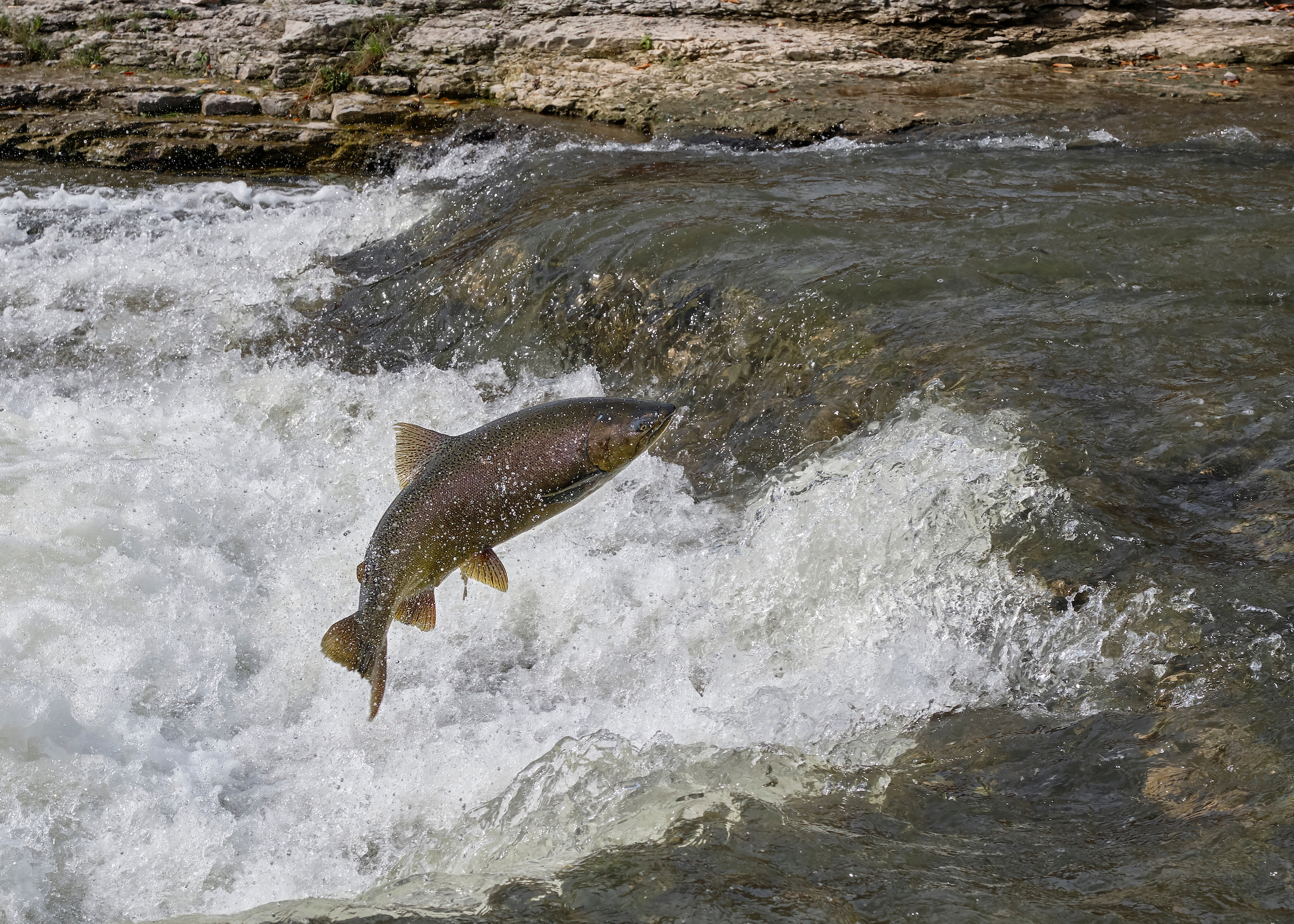
In 2021, I paused by this river on a 300-kilometre bike ride from Toronto to Kingston, Ont., in search of adventure and Black history. The ride followed the old stagecoach route of James Mink, a successful Black businessman in the 1850s, who delivered mail and passengers on the route. Other Black people, many nameless, also stopped by this river. Some were enslaved to the United Empire Loyalist refugees fleeing the outcome of the American Revolution who were allowed to bring their property to Canada — that included enslaved people, like Mink’s father. Pedalling along the route, I saw many heritage plaques about the Loyalists, but none that mentioned Black people or history.
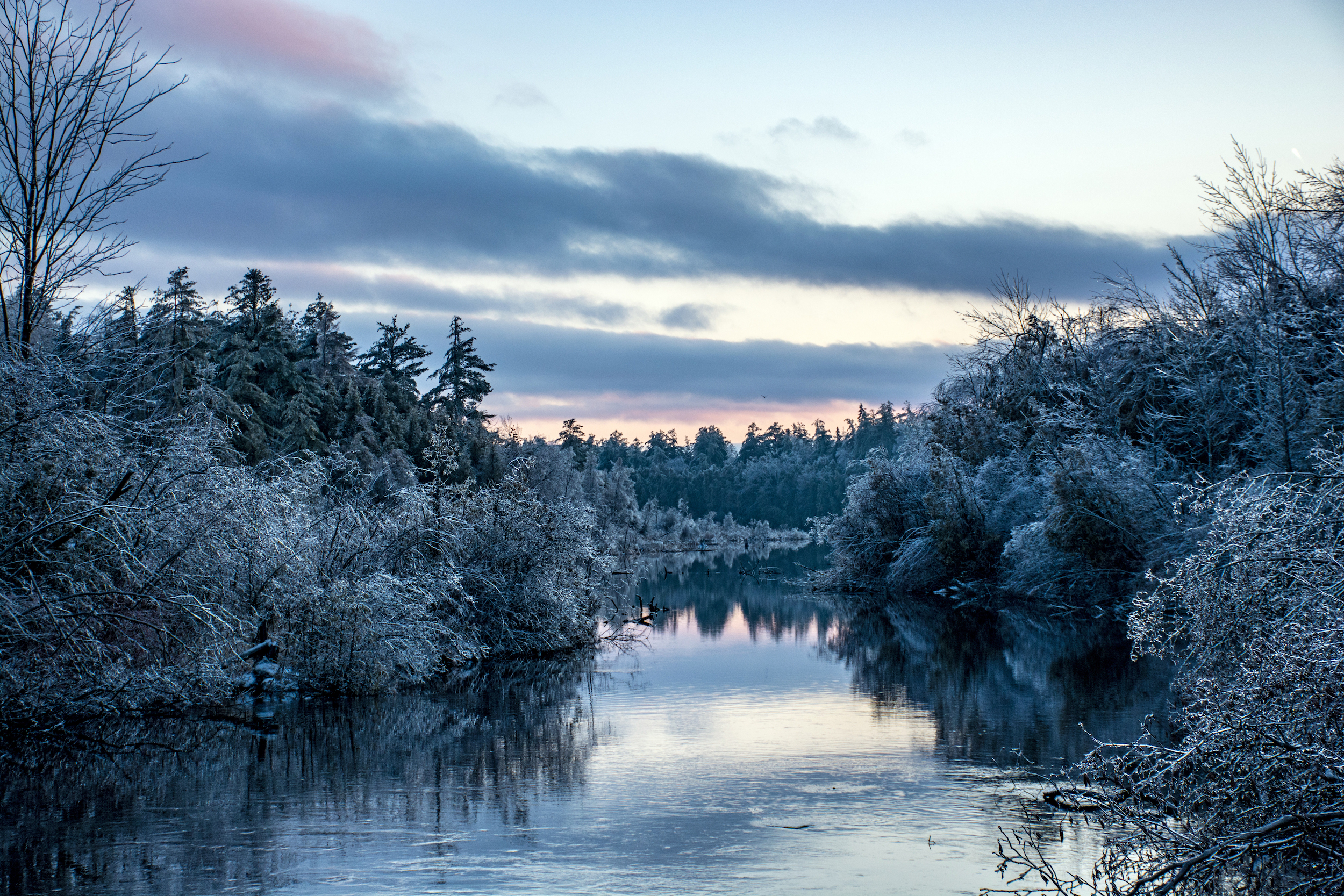
Cycling along the Grand River was my introduction to bike-camping, part of a long trip that started in Brantford, Ont., and went around Lake Erie. Sophia Pooley canoed up and down this river many times. In the 19th century, this Black woman was enslaved to Thayendanegea, or Joseph Brant, the Mohawk chief. Her story is a complex one about the fallout of the American Revolution and of Black-Indigenous relations in the Americas. Pooley was later sold to a merchant in Hamilton, Ont. He has a street named after him; she has nothing to memorialize her.
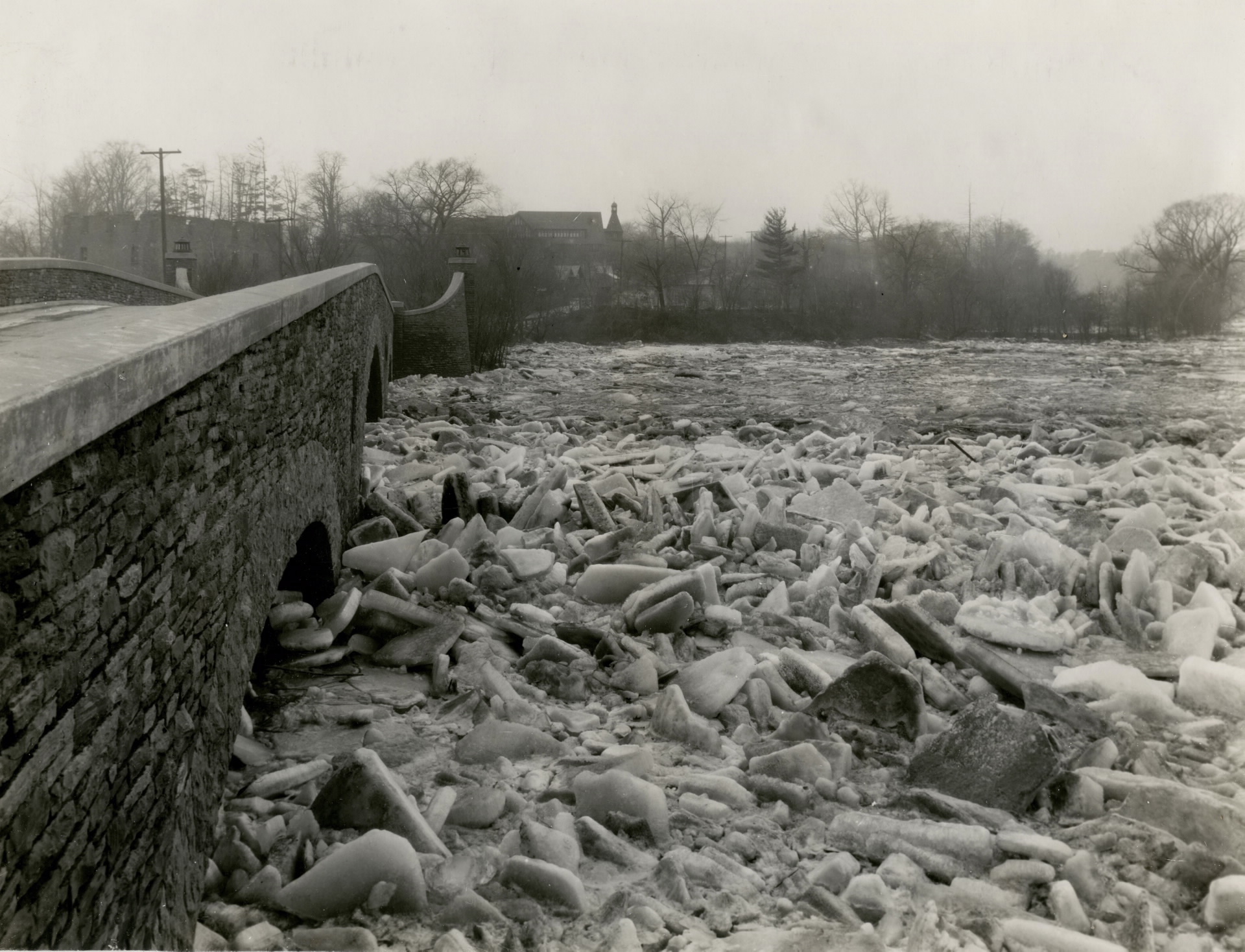
This is one of my local rivers in Toronto and it is an oasis of nature in the city. Daddy John Hall canoed, hiked and snowshoed along this river. This Afro-Indigenous man fought for his country in the War of 1812, and was captured by the invading U.S. army. At the end of the conflict, instead of being released as a prisoner of war, Hall was enslaved and sold down the river. He escaped over a decade later and made his way home. Hall was a soldier, trader and translator, and lived along the Humber River for a few years, before moving to Owen Sound, Ont., where he became a local legend.
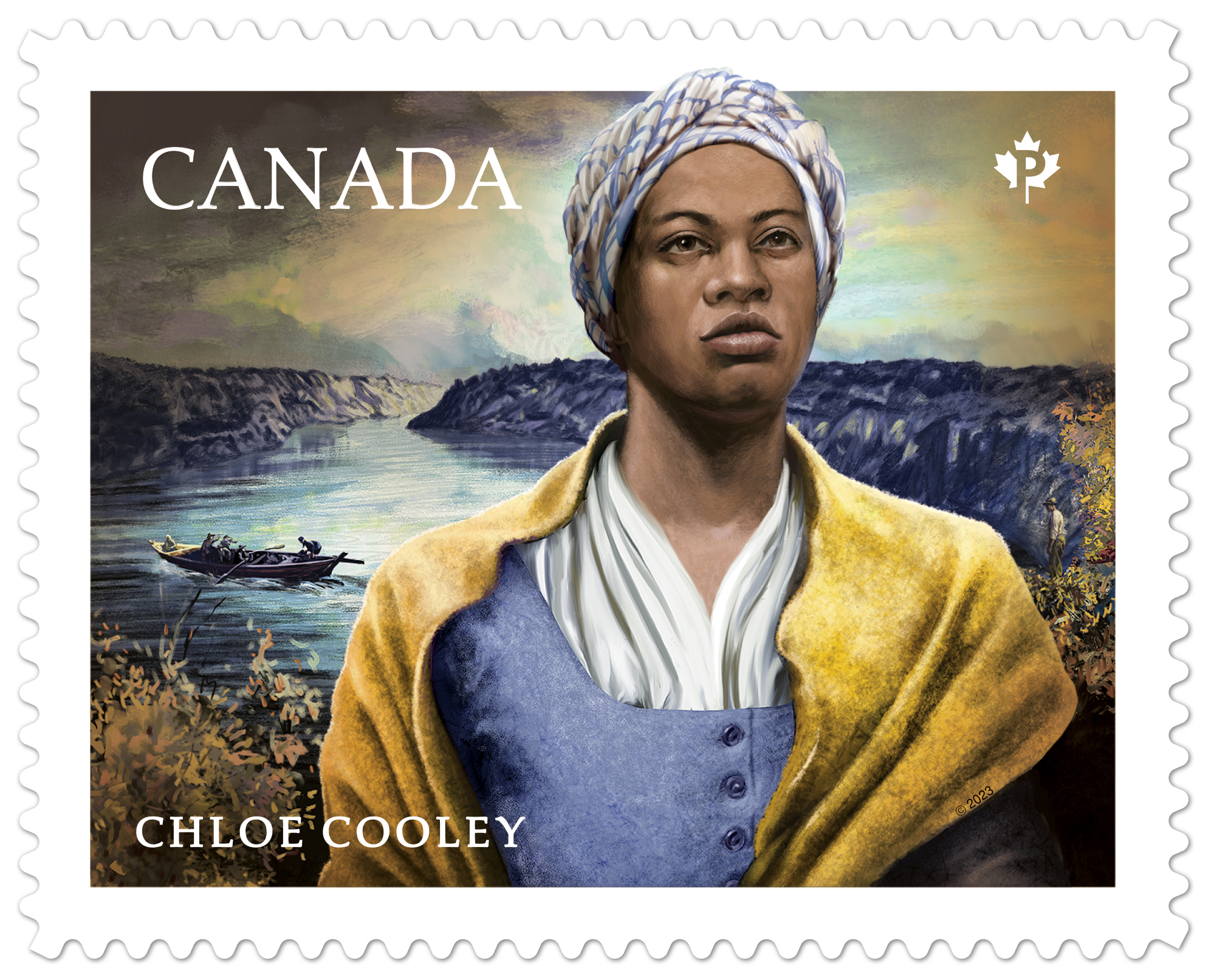
This river became a border between slavery and freedom and between the U.S. and Canada. Harriet Tubman crossed it many times, bringing scores of fugitives with her to the snowy land of Canada. Chloe Cooley crossed the river too, tied up with rope in the bottom of a boat, as her Canadian slave-owner sold her to continued slavery in the U.S.
Unlike in so many other locations, many heritage plaques along the Niagara Recreation Trail do share the Black history of the river. That’s because of local initiatives to recognize “the complexities of the Black presence in Niagara,” Natasha Henry-Dixon, an assistant professor of African Canadian History at York University, told The Narwhal. She credits the Central Ontario Black History Network as one group that has spent “years to build that collaboration, that collective knowledge base. That’s what you’re seeing today, a better effort to recognize the history.”
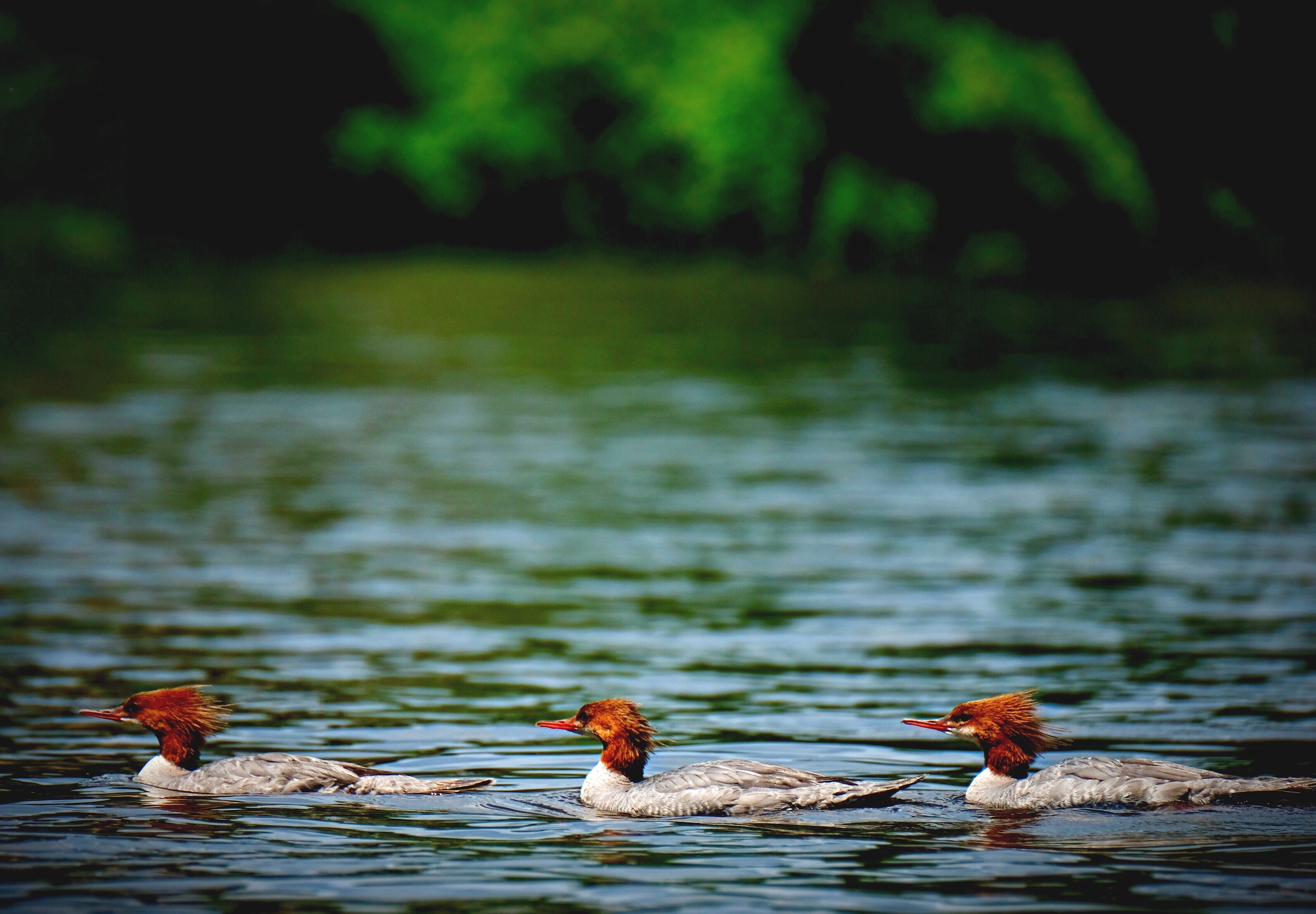
What would Solomon Northup think of the river today? He walked along its Ottawa banks in the 1820s looking for construction work from the building of the new canal. Northup wrote about this in his memoir, Twelve Years a Slave, which was turned into a film of the same name.
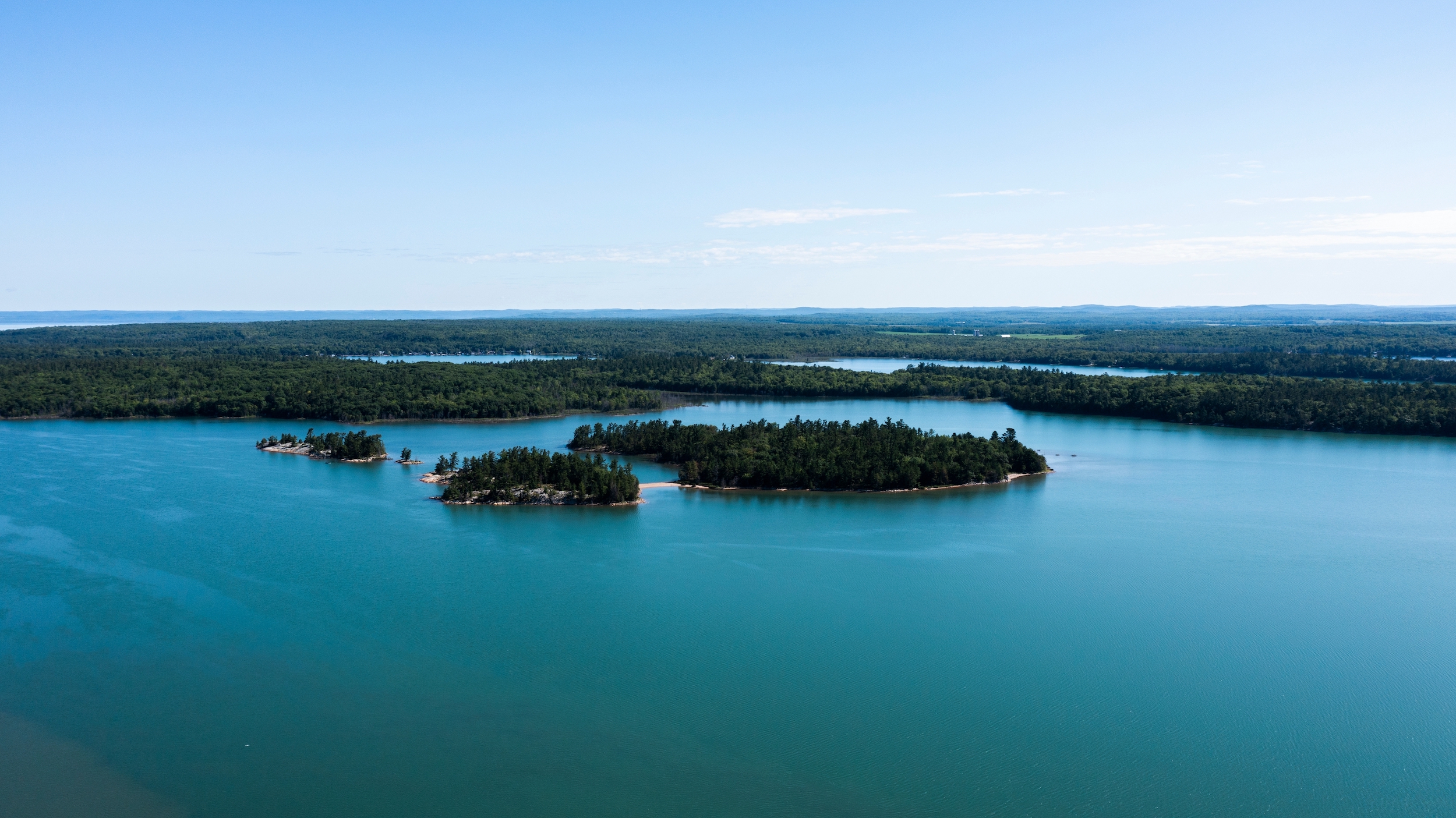
I walked along the riverfront promenade thinking of the history of the French-speaking Black people in the Americas, such as Jean Baptiste Point du Sable. Born in Haiti, the successful entrepreneur was the first non-Indigenous founder of modern Chicago. Before settling in that city, he canoed up and down St. Mary’s River around Sault Ste. Marie in the 18th century, trading with Indigenous nations.
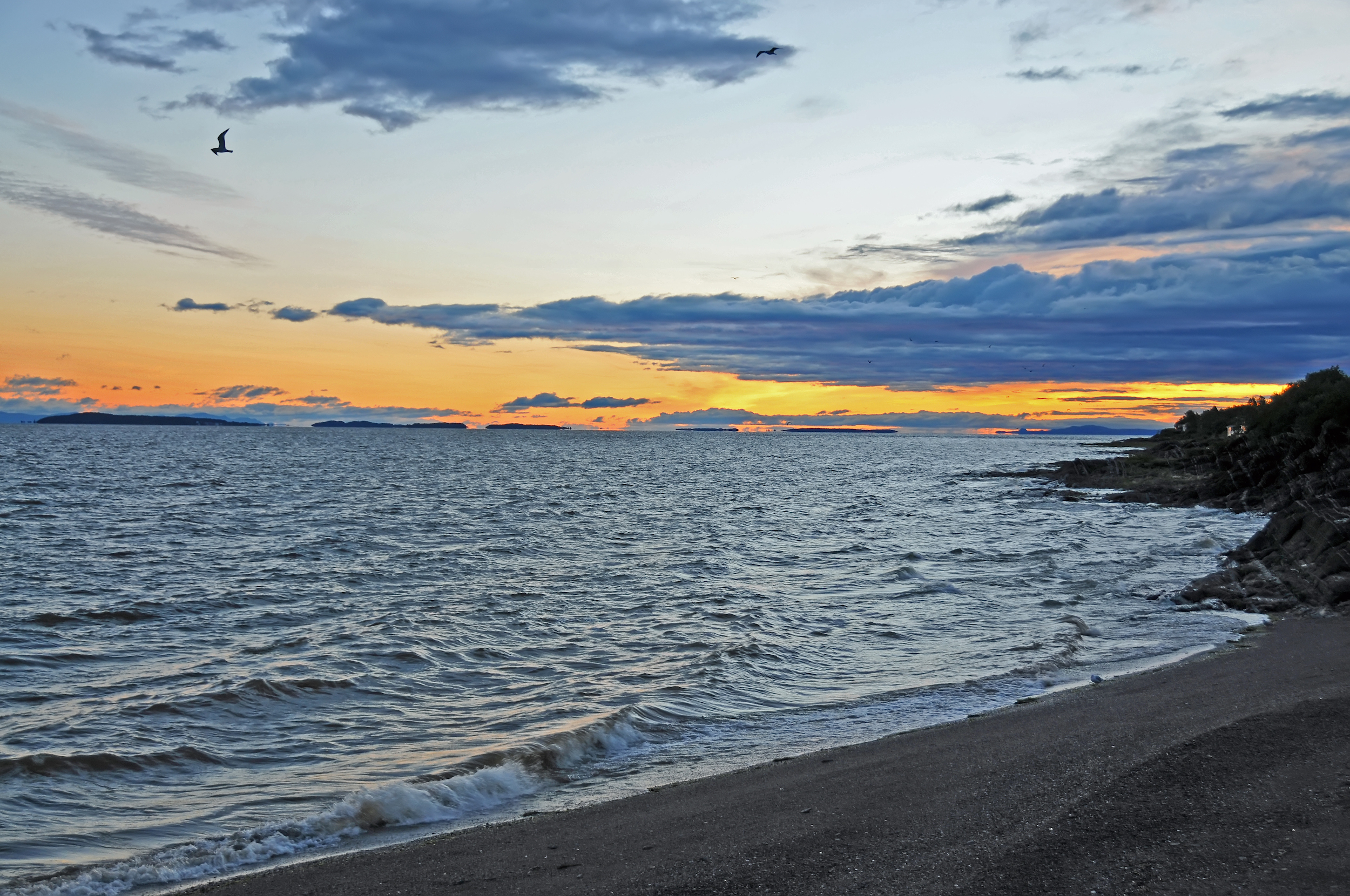
Three Black men snowshoed along the banks of this river some 200 years ago. They were part of the 104th New Brunswick Regiment of Foot and travelled over 1,000 kilometres by snowshoes along many frozen river banks. It took them about two months to travel from Fredericton, N.B., to Kingston, Ont. The Black men did so because they wanted to be free — the U.S. had invaded the colony of Canada in the War of 1812 and a victory for the southern nation might mean a return to living under the whip.
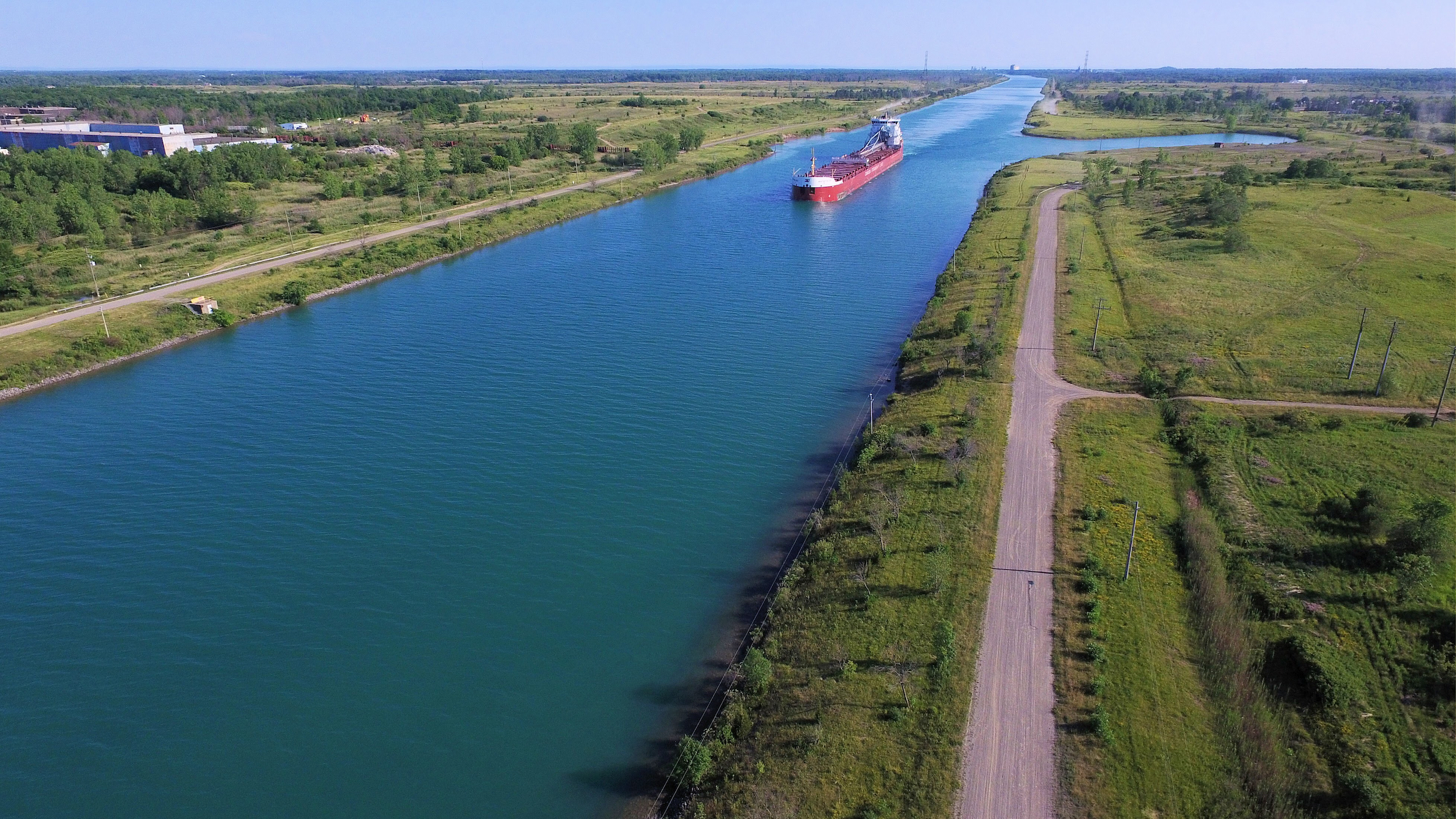
Cycling along the Welland River and the more famous canal, I thought about the Black men who helped to build the canal in the 19th century. Many were fugitives who were guided to Canada by Harriet Tubman. Black men were also hired to patrol the river, keeping the peace between squabbling factions of Irish immigrants who also worked on the canal.